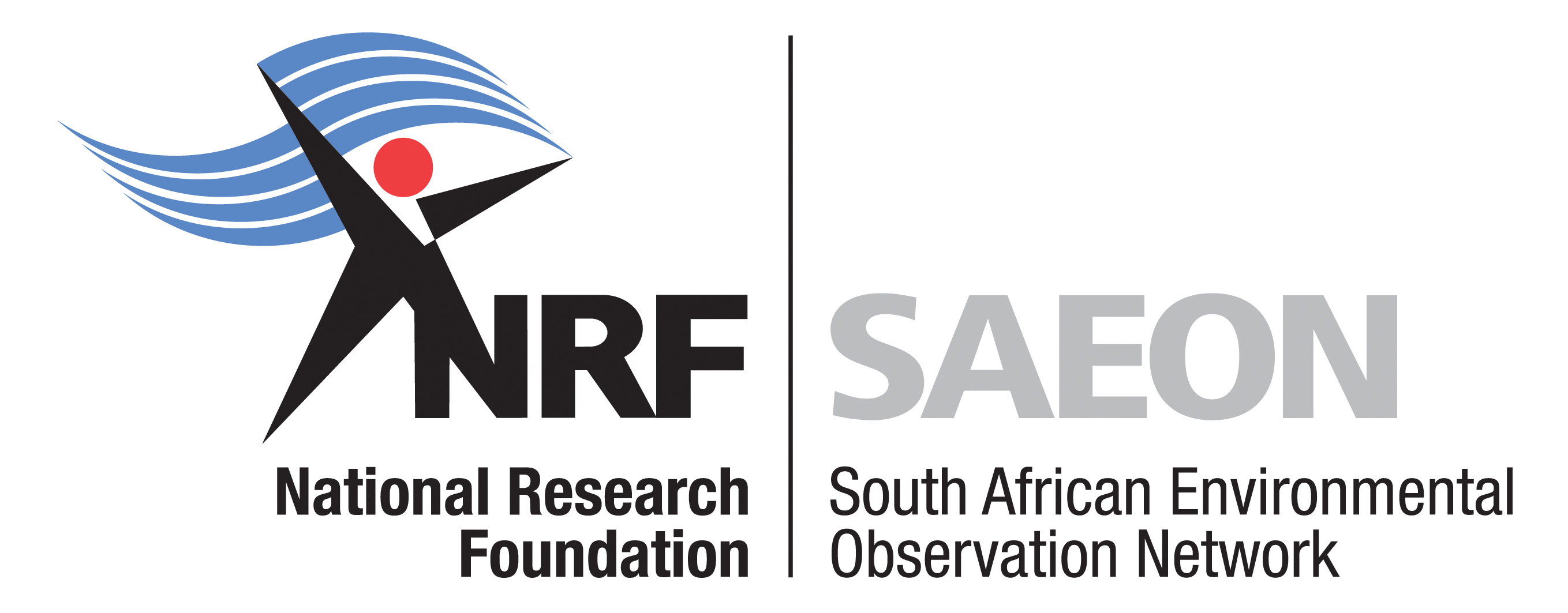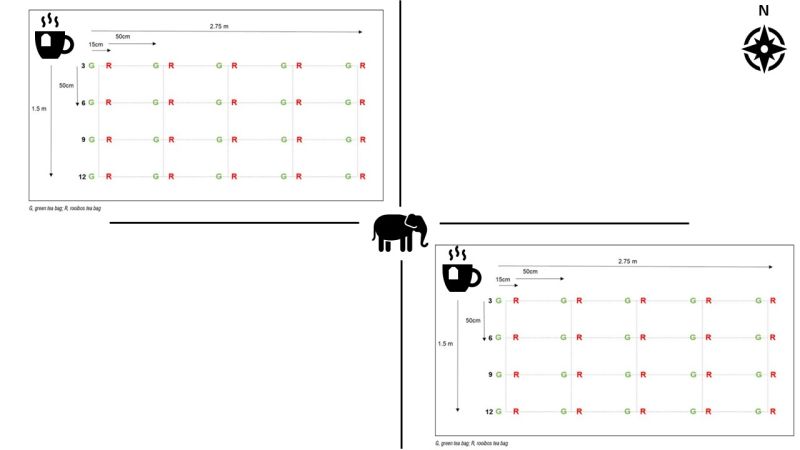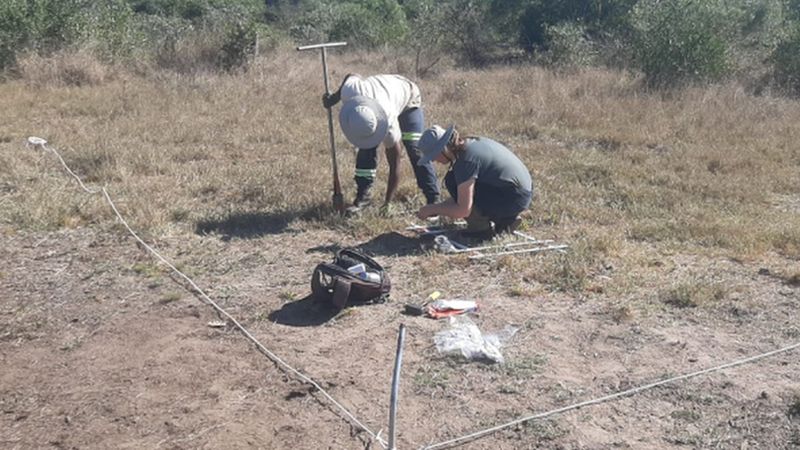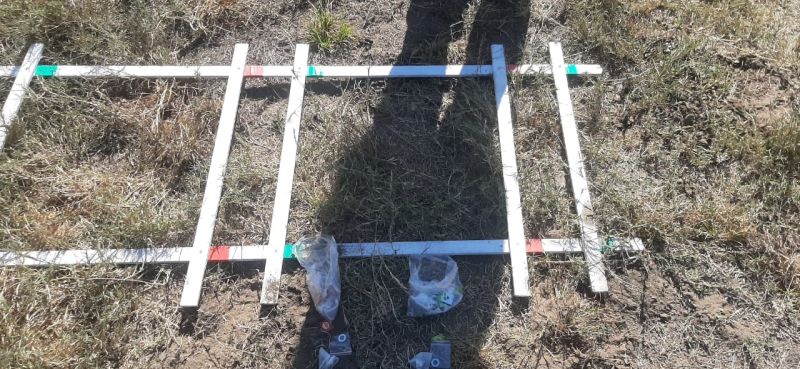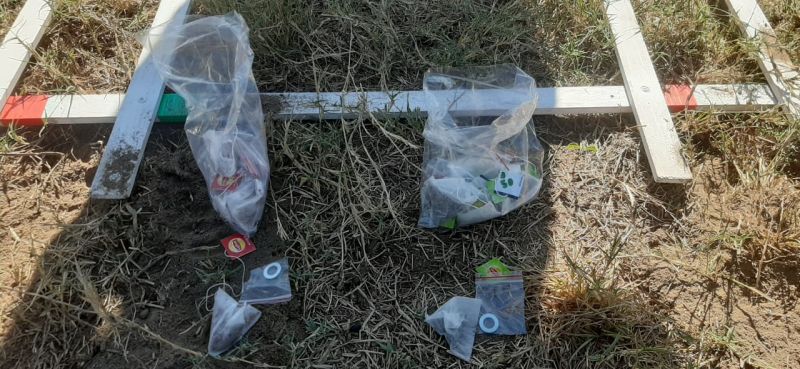eNews
#04 2023
Have your tea and bury it: quantifying decomposition rates using the international Tea Bag Index
By Dr Helga van Coller, PDP Research Fellow, SAEON Ndlovu Node
Soil contains more than three times the amount of carbon than what is found in the atmosphere. This carbon storage is driven primarily by the decomposition of organic plant material through the critical ecosystem service of nutrient cycling. Therefore, accurately assessing not only decomposition rates in terrestrial ecosystems, but also the potential factors affecting it, is important in predicting current and future soil carbon storage and nutrient fluxes.
At a global scale, decomposition and recycling of organic material is governed by climate and soil properties, while at a local scale secondary drivers such as litter quality and consumer organisms play a greater role. Attempts to develop a standardised approach to obtain decomposition data have evolved from the use of cotton strips and standardised leaf litter mixtures to the more recent Tea Bag Index (TBI).
The TBI is an internationally standardised method, developed as a citizen science project in the northern hemisphere, which allows for the collection of comparable and globally distributed data on decomposition rate and litter stabilisation using commercially available tea bags as standardised test kits. To date the TBI has been applied by researchers, citizen scientists and school learners in approximately 25 countries across the globe and has been used to determine decomposition rates in various systems ranging from greenhouse experiments, vineyards, European grasslands and agricultural systems to forests, riparian zones, coastal systems, the Brazilian cerrado and the arctic tundra.
In an African context, the TBI has been applied in just four countries on the continent, only one of which being in the semi-arid savanna of South Africa. Applying the TBI at the carcass sites is therefore a novel approach.
Megacarcass ecology project
This project, initiated last year in the Kruger National Park by a consortium of research institutions including SAEON, explores the ecological legacy effects of megacarcasses (being the carcasses of megaherbivores such as elephant) in African savanna ecosystems. The project presents a unique opportunity to apply the TBI at megacarcass sites – a first for the global TBI network – to explore the effects of the nutrient pulse created by a megacarcass on decomposition rate and litter stabilisation of organic material.
Here we aim to quantify decomposition rate and litter stabilisation at megacarcass biogeochemical hotspots; explore whether carcass age affects decomposition rate and litter stabilisation; and investigate whether soil type in combination with carcass age affects litter stabilisation and decomposition rates.
Figure 1. Experimental layout of the paired tea bag design at increasing distance from the centre of the megacarcass site. Tea bags will be harvested after four three-monthly incubation periods. G = green tea bag, R = rooibos tea bag.
Figure 2. Dr Helga van Coller (right) and field assistant Ally Mahori burying tea bags in the impact zone created by the decomposition of an elephant carcass.
During a fieldwork campaign in June 2023, 40 green tea and 40 rooibos tea bags were buried at eight carcass sites, a total of 640 tea bags. These were individually weighed before burial. Four of the sites were located on nutrient-poor granitic soil, and four on comparatively nutrient-rich basaltic soil. A paired tea bag design was applied at carcass sites using two grids of increasing distance from the centre of the carcass site; one in the northwestern and the other in the southeastern quadrants (Figure 1).
Given that savannas are dynamic ecosystems where factors which can influence decompositon such as soil moisture and temperature vary over time, we followed a similar approach to to enable temporal comparisons after incubation periods of 3, 6, 9 and 12 months since burial.
The two different types of tea bags were selected based upon differences in chemical composition, where green tea represents high-quality organic matter with low C:N ratios, and rooibos tea a low-quality organic matter with high C:N ratios. Green tea and rooibos tea are therefore used concurrenlty to act as proxies for labile and recalcitrant compounds in naturally accurring organic matter.
The first set of tea bags – which will have spent three months in the ground during the cool, dry winter, will be retrieved in September 2023 and re-weighed. Weight loss can then be used to calculate decomposition parameters from a decay curve. Subsequent tea bag retrieval will take place in December 2023 and in March and June 2024.
Findings from this study will contribute to understanding organic decomposition at megacarcass sites, which may represent important foci of nutrient cycling in the typically nutrient-poor savannas where mega herbivores still occur.
Figure 3. Tea bags are buried in pairs – one green tea and the other rooibos tea, according to a predetermined grid. Bags are buried alongside steel washers to facilitate retrieval using a metal detector.
